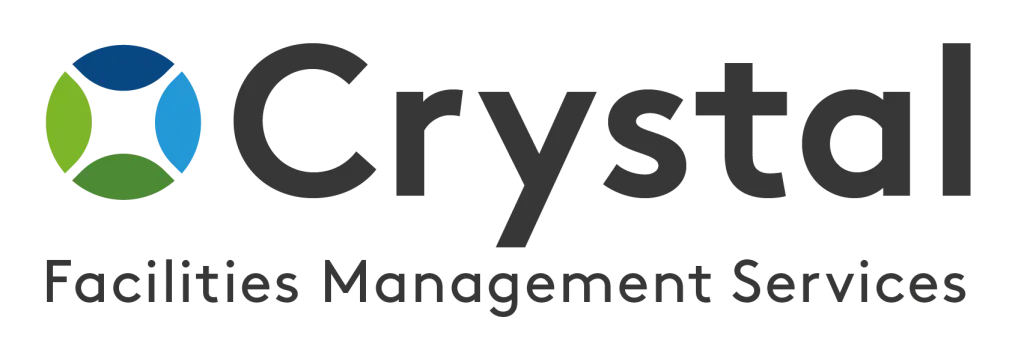Strategies for Optimizing Meeting Room Utilization in the Workplace
Meeting rooms are an essential part of any workplace, providing a dedicated space for teams to collaborate, brainstorm, and make important decisions. However, meeting rooms are often underutilized, leading to wasted space and resources. To address this issue, organizations need to implement strategies to optimize meeting room utilization. In this article, we will discuss some effective strategies for maximizing the use of meeting rooms in the workplace.
Assess Current Meeting Room Usage
The first step in optimizing meeting room utilization is to assess the current usage patterns. This involves gathering data on how often meeting rooms are booked, the average duration of meetings, and the number of participants in each meeting. This information will provide valuable insights into the demand for meeting room space and help identify any underutilized or overbooked rooms.
Implement a Booking System
One of the most effective ways to improve meeting room utilization is to implement a centralized booking system. This allows employees to easily reserve meeting rooms in advance, ensuring that the space is used efficiently. The booking system should also include features such as automatic reminders, room availability status, and the ability to cancel or reschedule bookings. By making the booking process seamless, employees are more likely to utilize meeting rooms effectively.
Encourage Flexible Workspace Options
Encouraging flexible workspace options can also help optimize meeting room utilization. This may include providing alternative spaces for informal meetings, such as lounge areas, outdoor spaces, or even virtual meeting platforms. By giving employees a variety of workspace options, they can choose the most appropriate setting for their meetings, reducing the demand for traditional meeting rooms.
Implement a Room Scheduling Policy
Organizations can also benefit from implementing a room scheduling policy to ensure fair and efficient use of meeting rooms. This may include setting guidelines for maximum meeting durations, minimum number of participants required for booking, and restrictions on repetitive or unnecessary bookings. By establishing clear rules for room usage, organizations can prevent misuse and encourage more strategic booking practices.
Utilize Technology to Monitor Usage
Advancements in workplace technology can provide valuable insights into meeting room utilization. Organizations can utilize tools such as sensors, occupancy analytics, and smart scheduling systems to monitor how meeting rooms are being used. This data can help identify patterns and trends, allowing organizations to make informed decisions about room allocation and utilization strategies.
Encourage Collaboration and Communication
Promoting a culture of collaboration and communication can also contribute to better meeting room utilization. Encouraging teams to hold regular stand-up meetings, utilize virtual collaboration tools, and communicate effectively can reduce the need for lengthy, formal meetings in dedicated rooms. By fostering a collaborative work environment, organizations can optimize the use of meeting rooms for more strategic and impactful sessions.
Implement a Room Utilization Review Process
Regularly reviewing meeting room utilization is essential for identifying areas for improvement. Organizations can establish a process for evaluating room usage, gathering feedback from employees, and making adjustments based on the findings. This continuous improvement approach can help organizations adapt to changing needs and maximize the value of their meeting room resources.
Consider Flexible Layouts and Multi-Purpose Rooms
Finally, organizations can optimize meeting room utilization by considering flexible layouts and multi-purpose rooms. By designing meeting spaces that can be easily reconfigured for different types of meetings, organizations can maximize the versatility of their rooms. Multi-purpose rooms can accommodate various meeting formats, from traditional boardroom-style meetings to collaborative workshops, making them a valuable asset for optimizing meeting room usage.
Conclusion
Meeting rooms are valuable resources in the workplace, and optimizing their utilization is essential for efficient operations. By implementing strategies such as assessing current usage, implementing a booking system, encouraging flexible workspace options, and leveraging technology, organizations can ensure that their meeting rooms are used effectively. By fostering a culture of collaboration, communication, and continuous improvement, organizations can create a dynamic and efficient meeting room environment that supports productivity and innovation.














